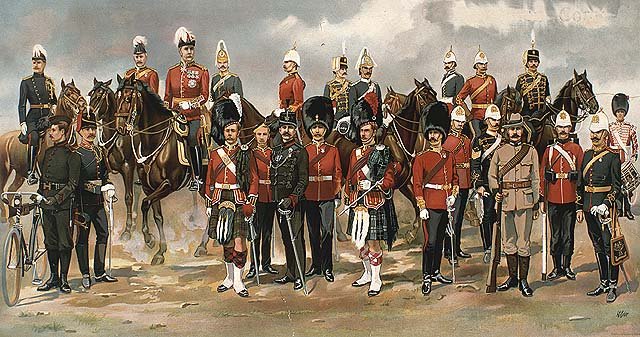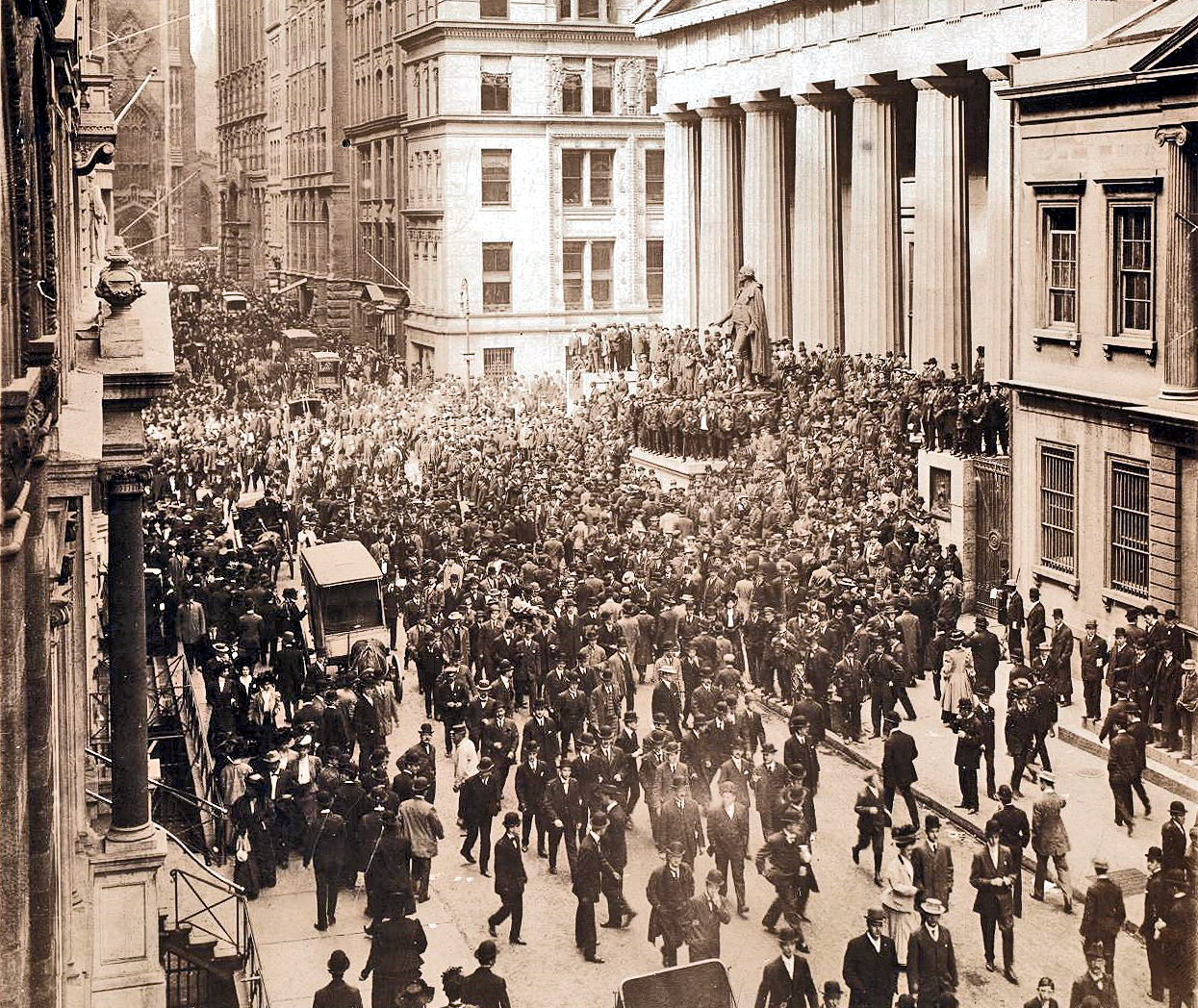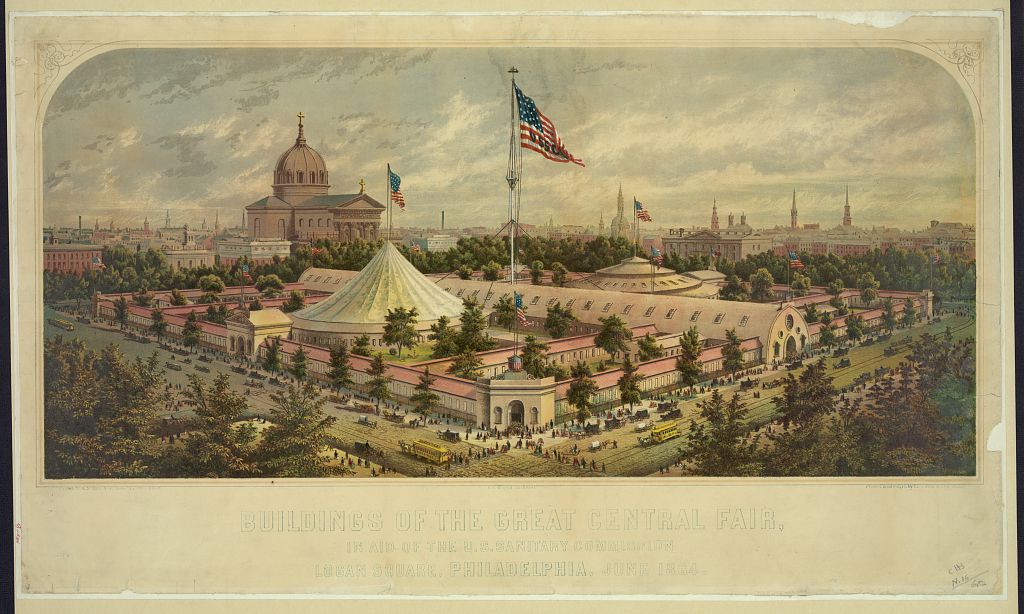|
Boston Watch Company
The Waltham Watch Company, also known as the American Waltham Watch Co. and the American Watch Co., was a company that produced about 40 million watches, clocks, speedometers, compasses, time delay fuses, and other precision instruments in the United States of America between 1850 and 1957. The company's historic 19th-century manufacturing facilities in Waltham, Massachusetts have been preserved as the American Waltham Watch Company Historic District. The company went through a series of bankruptcies and restarts under new ownership, with watches and clocks bearing the Waltham name still being made and marketed today. History The early years, 1849 to 1857 Prior to 1850, watches in America were generally supplied either from England or Switzerland.Caross, "The Waltham Watch Co.," p. 167. The idea for the Waltham Watch Company came from watchmaker Aaron Lufkin Dennison. Dennison was the son of a shoemaker, born in Maine in 1812.Caross, "The Waltham Watch Co.," p. 166. He serv ... [...More Info...] [...Related Items...] OR: [Wikipedia] [Google] [Baidu] |
Waltham, Massachusetts
Waltham ( ) is a city in Middlesex County, Massachusetts, United States, and was an early center for the labor movement as well as a major contributor to the American Industrial Revolution. The original home of the Boston Manufacturing Company, the city was a prototype for 19th century industrial city planning, spawning what became known as the Waltham-Lowell system of labor and production. The city is now a center for research and higher education, home to Brandeis University and Bentley University as well as industrial powerhouse Raytheon Technologies. The population was 65,218 at the census in 2020. Waltham has been called "watch city" because of its association with the watch industry. Waltham Watch Company opened its factory in Waltham in 1854 and was the first company to make watches on an assembly line. It won the gold medal in 1876 at the Philadelphia Centennial Exposition. The company produced over 35 million watches, clocks and instruments before it closed in 1957. Histo ... [...More Info...] [...Related Items...] OR: [Wikipedia] [Google] [Baidu] |
Henry Asher Robbins
Henry Asher Robbins (1829 – January 21, 1914) was an American manufacturer who was prominent member of New York society during the Gilded Age. Early life Robbins was born in 1829 in Berlin, Connecticut. His father was the pastor of the Kensington Congregational Church in Kensington, Connecticut for forty-three years. Robbins was a direct descendant of Asher Robbins, the United States Senator from Rhode Island. Career Together with his brother Royal E. Robbins, he founded the Waltham Watch Company, which merged with Robbins, Appleton & Co., a watch importing company based out of Boston that owned the Waltham, Massachusetts based American Watch Company. Society life In 1892, both Robins and his wife were both included in Ward McAllister's "Four Hundred", purported to be an index of New York's best families, published in ''The New York Times''. Conveniently, 400 was the number of people that could fit into Mrs. Astor's ballroom. Personal life In 1866, Robbins married Elizabet ... [...More Info...] [...Related Items...] OR: [Wikipedia] [Google] [Baidu] |
First National Bank Of Boston
BankBoston was a bank based in Boston, Massachusetts, which was created by the 1996 merger of Bank of Boston and BayBank. One of its predecessor banks started in 1784, but the merged BankBoston was short-lived, being acquired by Fleet Bank in 1999. In 2005, FleetBoston was purchased by, and merged into, Bank of America of Charlotte, North Carolina. After the sale of its Latin American branches in 2006, BankBoston currently exists solely as a subsidiary private bank owned by Bank of America. History The history of BankBoston represents the combination of dozens of banks throughout the New England region acquired over the course of more than two centuries. Among its notable predecessors were the Massachusetts Bank, the First National Bank of Boston, the Old Colony Trust Company and BayBank. The Massachusetts Bank Bank of Boston traced its roots back to The Massachusetts Bank founded in 1784. The Massachusetts Bank was the first federally chartered joint-stock owned bank in the Uni ... [...More Info...] [...Related Items...] OR: [Wikipedia] [Google] [Baidu] |
Depression Of 1920–1921
The Depression of 1920–1921 was a sharp deflationary recession in the United States, United Kingdom and other countries, beginning 14 months after the end of World War I. It lasted from January 1920 to July 1921.US Business Cycle Expansions and Contractions . Retrieved on September 22, 2008. The extent of the deflation was not only large, but large relative to the accompanying decline in real product. There was a two-year |
United States War Department
The United States Department of War, also called the War Department (and occasionally War Office in the early years), was the United States Cabinet department originally responsible for the operation and maintenance of the United States Army, also bearing responsibility for naval affairs until the establishment of the Navy Department in 1798, and for most land-based air forces until the creation of the Department of the Air Force on September 18, 1947. The Secretary of War, a civilian with such responsibilities as finance and purchases and a minor role in directing military affairs, headed the War Department throughout its existence. The War Department existed from August 7, 1789 until September 18, 1947, when it split into the Department of the Army and the Department of the Air Force. The Department of the Army and Department of the Air Force later joined the Department of the Navy under the United States Department of Defense in 1949. History 18th century The Departme ... [...More Info...] [...Related Items...] OR: [Wikipedia] [Google] [Baidu] |
Speedometer
A speedometer or speed meter is a gauge that measures and displays the instantaneous speed of a vehicle. Now universally fitted to motor vehicles, they started to be available as options in the early 20th century, and as standard equipment from about 1910 onwards. Other vehicles may use devices analogous to the speedometer with different means of sensing speed, eg. boats use a pit log, while aircraft use an airspeed indicator. Charles Babbage is credited with creating an early type of a speedometer, which was usually fitted to locomotives. The electric speedometer was invented by the Croatian Josip Belušić in 1888 and was originally called a velocimeter. Operation The speedometer was originally patented by Josip Belušić (Giuseppe Bellussich) in 1888. He presented his invention at the 1889 Exposition Universelle in Paris. His invention had a pointer and a magnet, using electricity to work. German inventor Otto Schultze patented his version (which, like Belušić's, ra ... [...More Info...] [...Related Items...] OR: [Wikipedia] [Google] [Baidu] |
World War I
World War I (28 July 1914 11 November 1918), often abbreviated as WWI, was one of the deadliest global conflicts in history. Belligerents included much of Europe, the Russian Empire, the United States, and the Ottoman Empire, with fighting occurring throughout Europe, the Middle East, Africa, the Pacific, and parts of Asia. An estimated 9 million soldiers were killed in combat, plus another 23 million wounded, while 5 million civilians died as a result of military action, hunger, and disease. Millions more died in genocides within the Ottoman Empire and in the 1918 influenza pandemic, which was exacerbated by the movement of combatants during the war. Prior to 1914, the European great powers were divided between the Triple Entente (comprising France, Russia, and Britain) and the Triple Alliance (containing Germany, Austria-Hungary, and Italy). Tensions in the Balkans came to a head on 28 June 1914, following the assassination of Archduke Franz Ferdin ... [...More Info...] [...Related Items...] OR: [Wikipedia] [Google] [Baidu] |
Uniforms And Equipment - Soldier - Miscellaneous (165-WW-543D-33) - DPLA - 7a1febf8fa601cdd1f14d39fbad04311
A uniform is a variety of clothing worn by members of an organization while participating in that organization's activity. Modern uniforms are most often worn by armed forces and paramilitary organizations such as police, emergency services, security guards, in some workplaces and schools and by inmates in prisons. In some countries, some other officials also wear uniforms in their duties; such is the case of the Commissioned Corps of the United States Public Health Service or the French prefects. For some organizations, such as police, it may be illegal for non members to wear the uniform. Etymology From the Latin ''unus'', one, and ''forma'', form. Corporate and work uniforms Workers sometimes wear uniforms or corporate clothing of one nature or another. Workers required to wear a uniform may include retail workers, bank and post-office workers, public-security and health-care workers, blue-collar employees, personal trainers in health clubs, instructors in summer cam ... [...More Info...] [...Related Items...] OR: [Wikipedia] [Google] [Baidu] |
Augustus P
Caesar Augustus (born Gaius Octavius; 23 September 63 BC – 19 August AD 14), also known as Octavian, was the first Roman emperor; he reigned from 27 BC until his death in AD 14. He is known for being the founder of the Roman Principate, which is the first phase of the Roman Empire, and Augustus is considered one of the greatest leaders in human history. The reign of Augustus initiated an imperial cult as well as an era associated with imperial peace, the ''Pax Romana'' or ''Pax Augusta''. The Roman world was largely free from large-scale conflict for more than two centuries despite continuous wars of imperial expansion on the empire's frontiers and the year-long civil war known as the "Year of the Four Emperors" over the imperial succession. Originally named Gaius Octavius, he was born into an old and wealthy equestrian branch of the plebeian ''gens'' Octavia. His maternal great-uncle Julius Caesar was assassinated in 44 BC, and Octavius was named in Caesar's ... [...More Info...] [...Related Items...] OR: [Wikipedia] [Google] [Baidu] |
Panic Of 1907
The Panic of 1907, also known as the 1907 Bankers' Panic or Knickerbocker Crisis, was a financial crisis that took place in the United States over a three-week period starting in mid-October, when the New York Stock Exchange fell almost 50% from its peak the previous year. The panic occurred during a time of economic recession, and there were numerous runs on banks and on trust companies. The 1907 panic eventually spread throughout the nation when many state and local banks and businesses entered bankruptcy. The primary causes of the run included a retraction of market liquidity by a number of New York City banks and a loss of confidence among depositors, exacerbated by unregulated side bets at bucket shops. The panic was triggered by the failed attempt in October 1907 to corner the market on stock of the United Copper Company. When that bid failed, banks that had lent money to the cornering scheme suffered runs that later spread to affiliated banks and trusts, leading a week ... [...More Info...] [...Related Items...] OR: [Wikipedia] [Google] [Baidu] |
Centennial Exposition
The Centennial International Exhibition of 1876, the first official World's Fair to be held in the United States, was held in Philadelphia, Pennsylvania, from May 10 to November 10, 1876, to celebrate the 100th anniversary of the signing of the Declaration of Independence in Philadelphia. Officially named the International Exhibition of Arts, Manufactures, and Products of the Soil and Mine, it was held in Fairmount Park along the Schuylkill River on fairgrounds designed by Herman J. Schwarzmann. Nearly 10 million visitors attended the exposition, and 37 countries participated in it. Precursor The Great Central Fair on Logan Square in Philadelphia, Pennsylvania, in 1864 (also known as the Great Sanitary Fair), was one of the many United States Sanitary Commission's Sanitary Fairs held during the Civil War. They provided a creative and communal means for ordinary citizens to promote the welfare of Union soldiers and dedicate themselves to the survival of the nation, and the ... [...More Info...] [...Related Items...] OR: [Wikipedia] [Google] [Baidu] |








